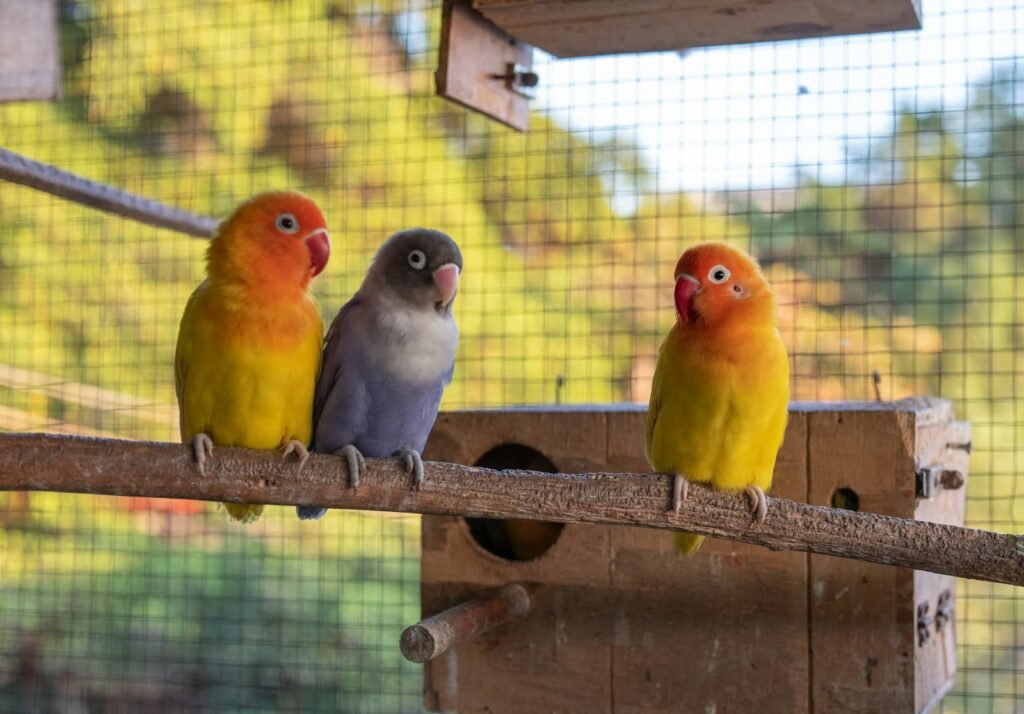Communication is a vital part of life, allowing different beings to express needs, emotions, and ideas. While humans have honed language into an art form, the animal kingdom exhibits its unique methods of interaction. Surprisingly, the gap between human and animal communication may not be as wide as we think. This article explores ten ways in which human and animal communication are intriguingly similar, shedding light on the complex languages of the natural world.
Use of Body Language

Both humans and animals rely heavily on body language to convey messages and emotions. Just like a human might nod to signal agreement, animals use body posture and gestures to communicate with each other. For example, dogs wag their tails to show excitement, and cats arch their backs when threatened. This form of non-verbal communication is essential for both species, allowing them to express a wide range of feelings and intentions without uttering a sound.
Vocalizations for Expression

Vocal sounds play a significant role in the communication methods of both humans and animals. While humans use complex languages to communicate intricate ideas, animals also have a repertoire of sounds that serve distinct functions. Birds chirp to attract mates or signal danger, elephants use low-frequency rumbles to communicate over long distances, and even dolphins utilize a series of clicks and whistles as a form of sophisticated interaction. These vocalizations often reflect emotions or needs, mirroring the way people use speech.
Use of Facial Expressions

Facial expressions serve as a universal communication tool across species. Just as a human might smile indicating happiness or frown expressing disapproval, animals often display emotions through expressions. Primates, for example, have expressive faces similar to humans, demonstrating emotions such as surprise, anger, and affection. This shared use of facial expressions highlights the innate ability to communicate non-verbally across diverse species.
Learning Through Social Interaction

Social learning is a fundamental aspect of both human and animal communication. Young humans and animals alike learn communication skills by observing and mimicking their peers and elders. For instance, baby birds learn to sing by listening to and imitating adult birds, much like how children acquire language from those around them. This process of learning through social interaction underscores the common pathways of communication development across species.
Symbolic Communication

Humans aren’t the only ones capable of symbolic communication. Some animals, like parrots, can associate words with objects or actions, demonstrating a rudimentary understanding of symbols. Additionally, bees perform intricate “waggle dances” to communicate the location of nectar to their hive mates. These examples illustrate that symbolic communication isn’t exclusive to humans, bridging the perceived gap between human and animal communication abilities.
Understanding of Context

Both humans and animals demonstrate an understanding of context in communication. A single word or gesture may take on different meanings depending on the setting. Similarly, the meaning behind an animal’s vocalization or behavior can significantly vary with context. A dog’s bark might signal the arrival of a stranger or plead for a walk, while a bird’s song can differ between courting a mate or establishing territory. Contextual understanding is a shared attribute crucial for effective communication in both worlds.
Use of Repetition

Repetition is a familiar strategy used to reinforce messages in communication, seen not only in human language but also among animals. Parents, whether human or avian, might repeat phrases or calls to ensure offspring understand commands or lessons. Similarly, humans emphasize important points in conversation by repetition to ensure clarity and comprehension. This technique highlights a common strategy across the communication spectrum.
Negotiation and Cooperation

Effective communication often involves negotiation and cooperation, seen in both human interactions and within the animal kingdom. Primates engage in grooming behaviors, which serve as both a communication tool and a negotiation strategy to build alliances. Similarly, human communication frequently involves negotiating meaning and roles within a conversation, illustrating another parallel between species.
Emotional Intuition

A deep connection exists between communication and emotional intuition among humans and animals. Just as humans can often sense the mood of others through subtle cues, many animals are attuned to the emotional states of their peers. Dogs, for example, can detect when their owners are feeling sad or anxious, often responding with comforting behaviors. This sensitivity to emotions enhances communication and strengthens bonds.
Adaptive Communication Strategies

Both humans and animals are adept at adapting their communication strategies to suit different scenarios and audiences. A person might modify their language when speaking with a child compared to an adult, much like how a whale may adjust its song in diverse social settings. This adaptability in communication showcases the shared ability to tailor messages effectively, highlighting yet another similarity between human and animal interactions.
The communication gap between humans and animals may not be as vast as once presumed. By examining these parallels, it becomes evident that both humans and animals share complex, nuanced systems of interaction. From body language and vocalizations to emotional intuition and symbolic communication, the similarities are striking. Recognizing and appreciating these commonalities not only enriches our understanding of the animal kingdom but also broadens our perspective on the fundamental nature of communication itself. By deepening this understanding, we foster a greater connection with the natural world, bridging the divide with empathy and insight.




